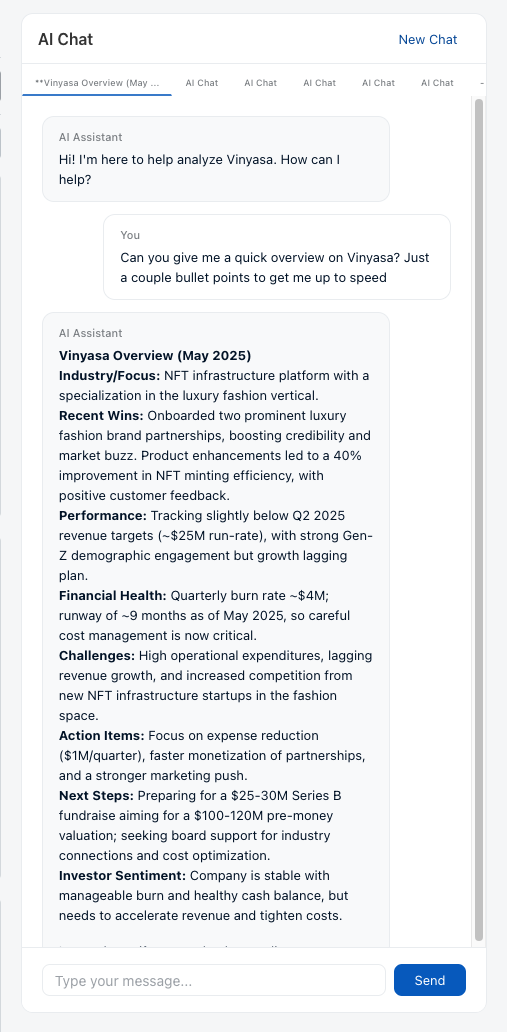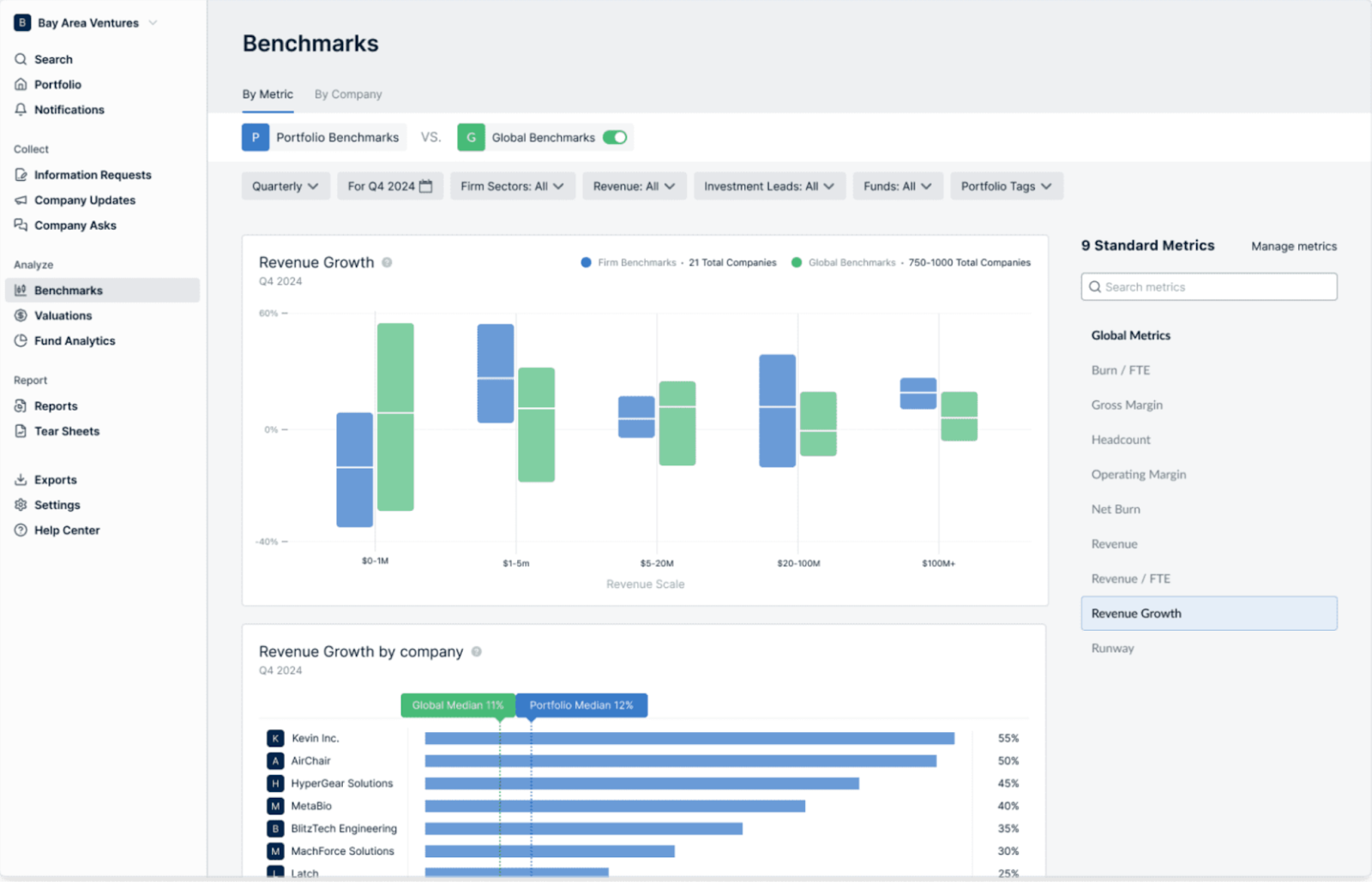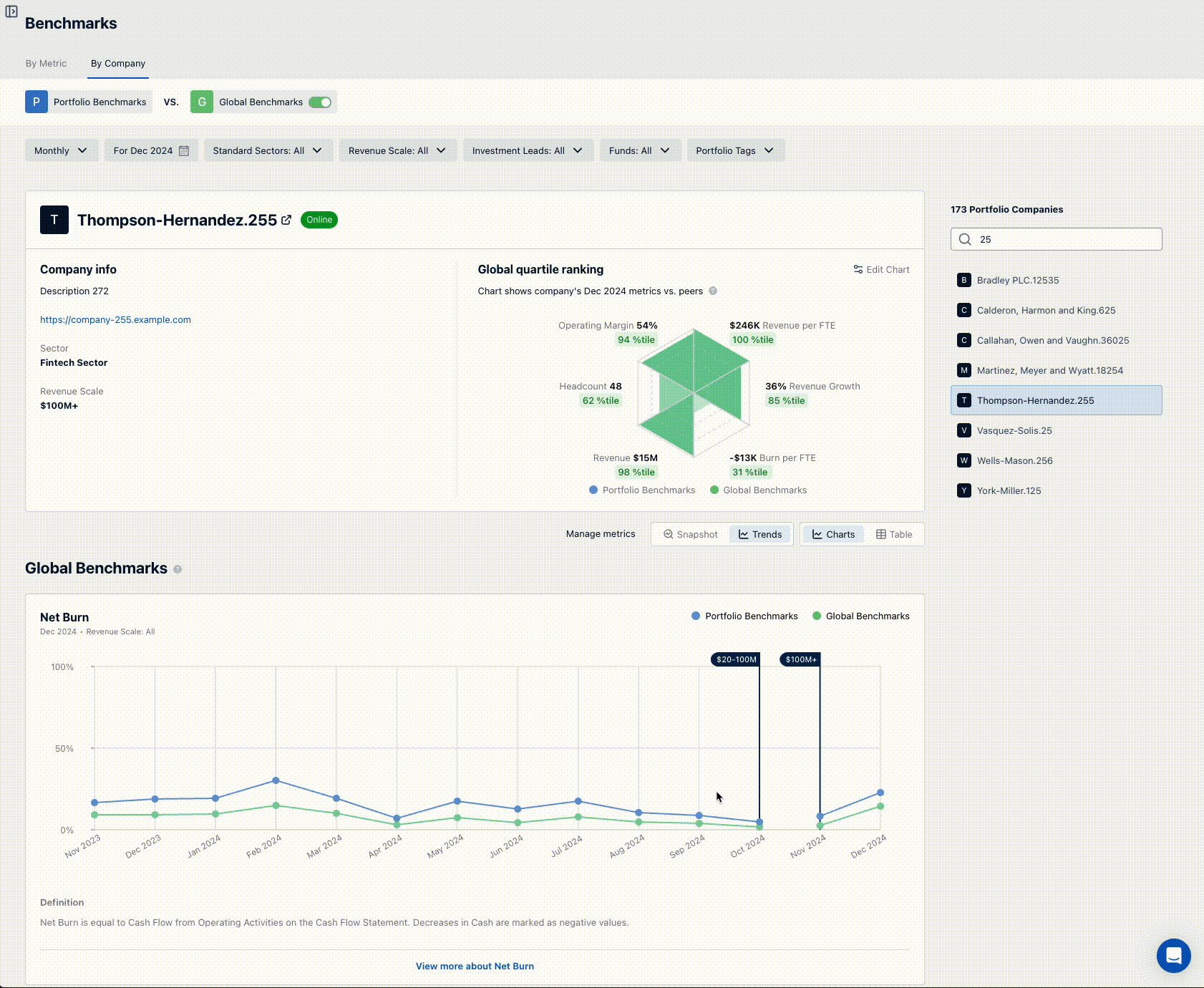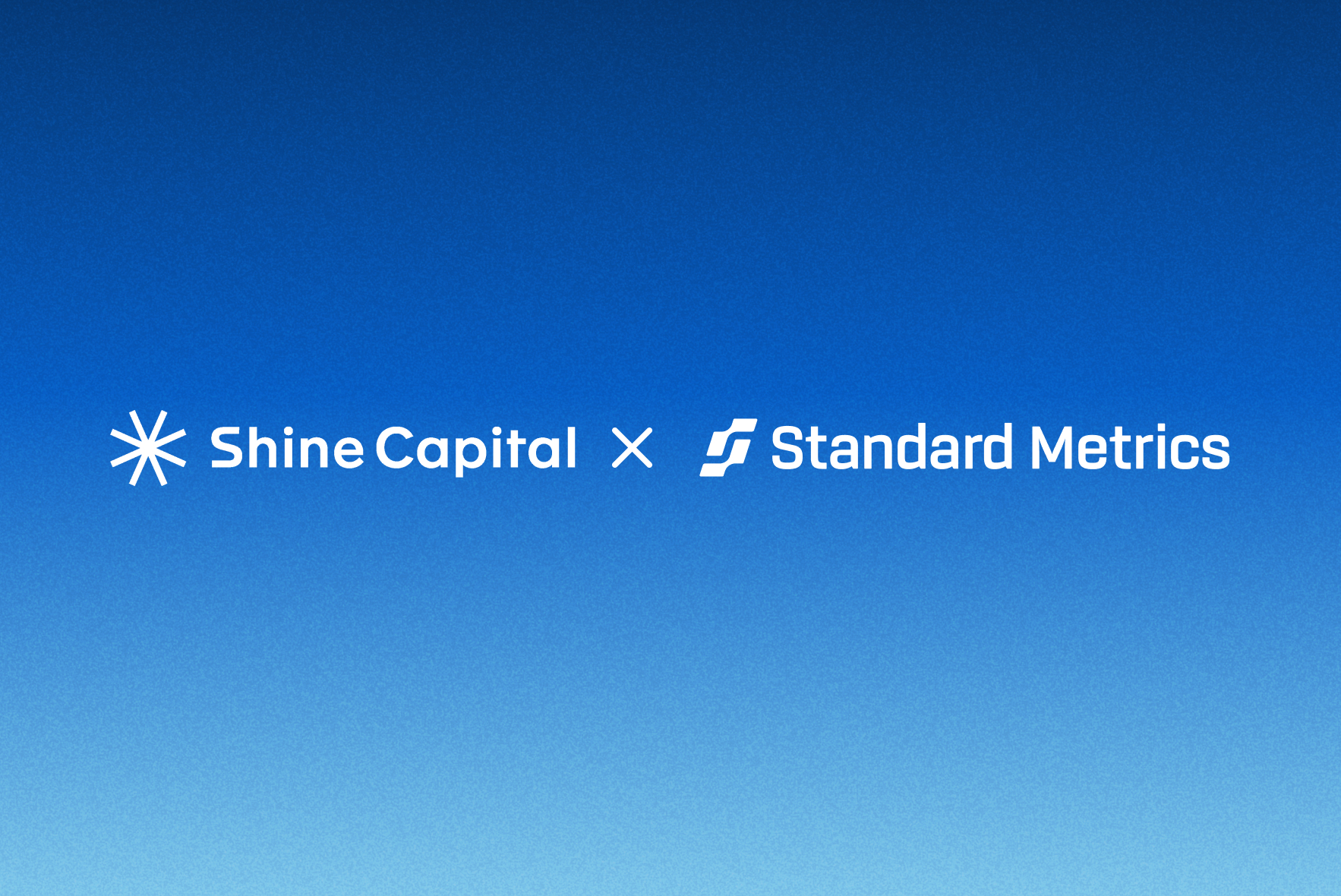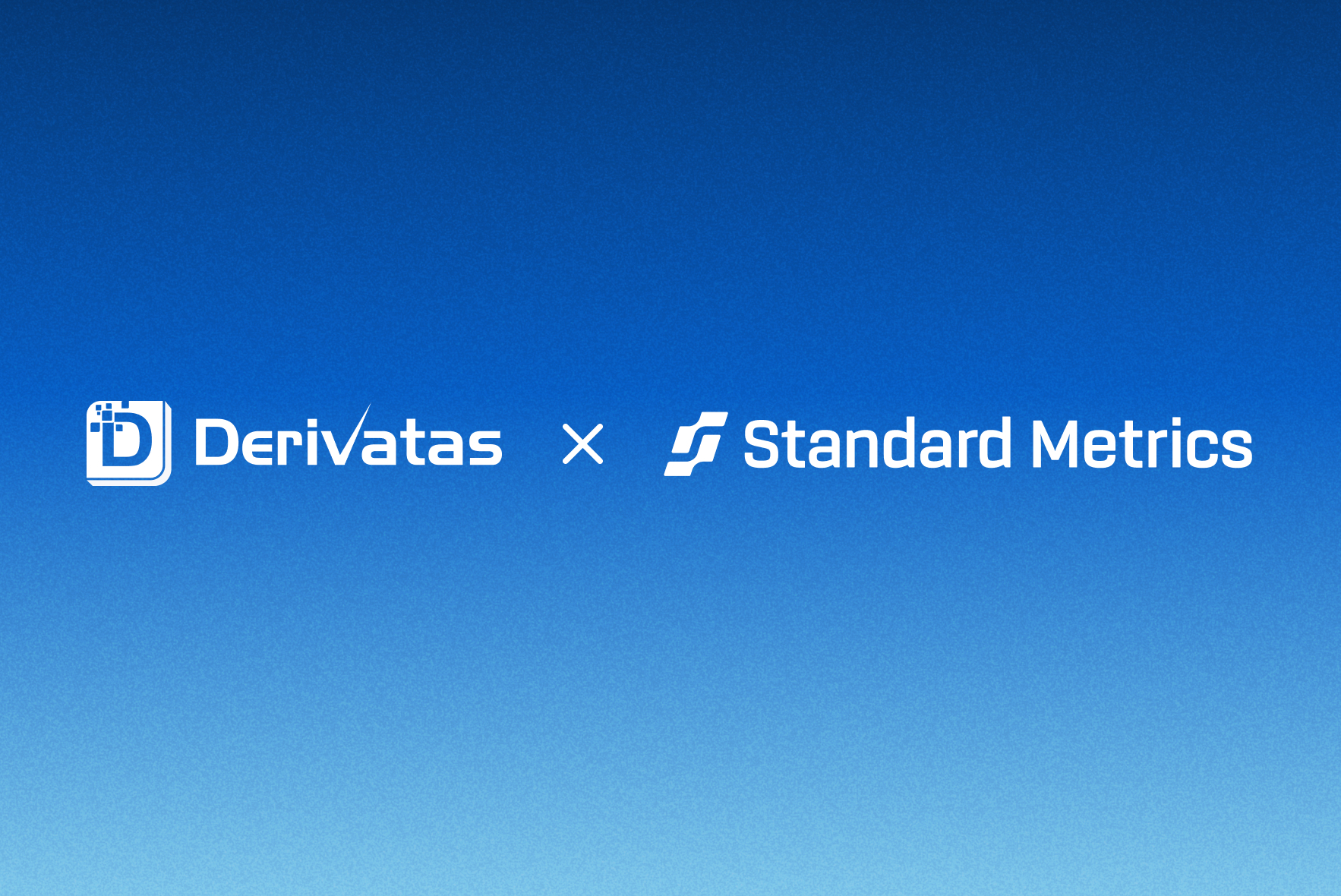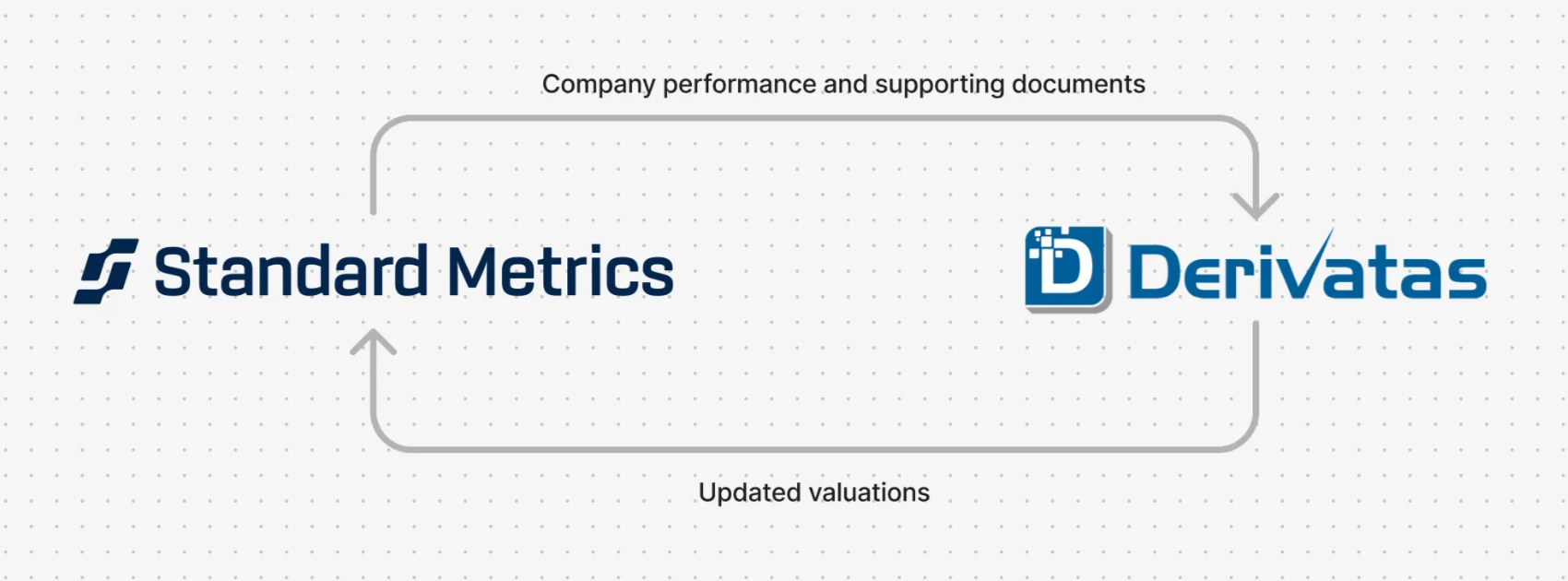We know many VC and PE firms love Excel: it’s where modeling, valuations, portfolio tracking, and more all come together. That’s why, alongside our in-app analysis and visualization tools, we built an Excel Add-In. With one simple formula (SM.GET) firms can pull structured data directly from Standard Metrics into Excel without manual exports or messy spreadsheets.
Today, we’re excited to announce the next step of our commitment to Excel interoperability: Excel Push (SM.PUSH). This new functionality allows VCs to push data that has been adjusted in Excel back into Standard Metrics without the headaches of manual work.
How does the Standard Metrics Excel Add-In work?
Many of our VC and PE customers live in Excel for their core workflows. We’ve seen them use the tool for everything from modeling a company’s financial performance to running valuations to preparing an LP report to QA-ing data to layering portfolio company data stored on Standard Metrics with other sources.
Standard Metrics supports many of those processes in-platform, but also wanted to give our customers maximum flexibility to work with their data in the tools they were already most comfortable with. Two years ago, we launched our Excel Add-In to solve this problem.
Standard Metrics customers simply need to install the Add-In via the Microsoft App Store (a 20-second install that works on both PCs and Macs), quickly get API credentials via the Standard Metrics platform, and log in with those credentials on Excel.
Once connected, the simple formula SM.GET helps users get relevant information for different portfolio companies (such as Cash in Bank in Q1 2025 across different currencies, as shown below).
Used at scale to get multiple metrics stored on the Standard Metrics platform (e.g. a company’s cash in bank, net burn, runway, etc.), this simple formula becomes the base for elaborate dashboards and tear sheets for a firm’s portfolio that incorporate thousands of data points into a unified view in seconds. We offer many pre-built templates for customers to get started and these templates can also be easily adjusted and customized to each firm’s unique needs.
As Casey Franklin, a controller at Polychain Capital, shared, the Excel Add-In “serves as a one-stop-shop evaluation report” and is “a game changer.” Caroline Haun, Operations Director at 8VC, echoed that sentiment, noting that the feature “is going to save me two days’ worth of time.”
How is the new Excel Push function improving this process?
Excel Push allows VCs to send financial data from Excel back into Standard Metrics. Using the formula SM.PUSH, VCs can update metrics stored in Standard Metrics directly from Excel.
This feature was designed as a response to feedback from our customers who work in Excel for processes like financial modeling, valuations, and analysis and who wanted to push that refined or calculated data back into Standard Metrics. This will also enable private equity and growth customers with their own data teams to push in financial statement data from Excel.
Excel Push supports financial metrics (both actuals and budgets), multiple date formats, and multiple currencies. The new Push functionality maintains the security protections built into the initial Excel Add-In launch (like required authentication, specific user configurations, input validation, and rate limiting to prevent abuse). SM.PUSH can also be used in alongside SM.GET in the same workbook, and SM.GET will continue to work exactly the same as at initial launch.
How can we help?
Standard Metrics is excited to support bi-directional Excel interoperability, enabling our customers to work wherever they chose and avoid the headaches of manually updating data across different platforms.
The Excel Add-In, now complete with both Get and Push capabilities, can be downloaded via the Microsoft App Store. Feel free to reach out to your CSM if you have further questions or feedback, or schedule a demo with our team if you’re not yet a customer and would like to learn more.
Automate your portfolio reporting
Find out how you can:
- Collect a higher volume of accurate data
- Analyze a robust, auditable data set
- Deliver insights that drive fund performance










